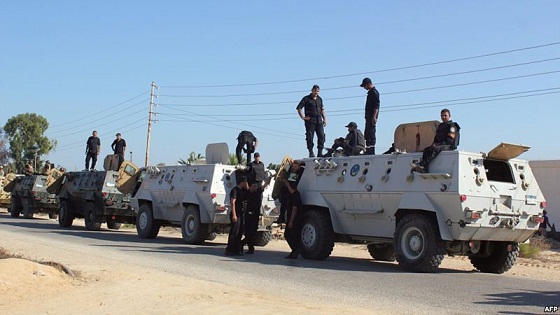By Heba Afify
CAIRO: Newspapers and television programs were not the only media covering the recent parliamentary elections; ordinary citizens took their cameras to polling stations and provided amateur reports, photographs and videos covering the elections process.
Constant news updates were reported via popular social networking websites like Twitter, Facebook and YouTube, with citizen journalism rising to the forefront during the elections period.
Such reports uncovered many of the inner workings of the elections to which mainstream media outlets were denied access.
Prior to the elections themselves, social networking websites were also of great use. While national newspapers only published the candidates’ basic information, blogs and personal Facebook pages provided more information about the candidates and their histories.
On Election Day, many amateur photographers and cinematographers captured alleged vote rigging on camera inside the polling stations and posted the video footage on YouTube.
Videos taken from camera phones showed the alleged ballot stuffing that took place in various polling stations throughout Egypt. Another video showed chaos inside a polling station as ballots were splattered across the floor.
Scenes of the clashes and violence that occurred on Election Day were also captured by citizens, and several were even picked up and broadcasted by the mainstream media.
Nesma Hany, who used social networking websites to report on the elections, said that she assumed the responsibility to expose the violations that took place.
“I published these violations hoping that it will motivate people to go and vote [so that they will not] let their votes be abused by someone else,” Hany said.
However, Mariam Fayez, an online communications specialist, said that while the citizens’ coverage of the parliamentary elections was a good start, the extent of the coverage wasn’t at a level that could truly be deemed to be “citizen journalism.”
Fayez stated that citizens were merely documenting events rather than reporting them, and that the footage lacked quality analysis and professional reporting.
Fayez added that the growing number of people using social media to report on the elections suggests that they may have ulterior motives, and are not providing the footage for the sole purpose of civic engagement. According to Fayez, some people were using social media to campaign for their preferred candidates, while others were simply trying to attract attention to their own sites.
Many people who depended on amateur reports to stay up-to-date with election news said it was easier to access than the mainstream media’s coverage.
Hesham Sarwat, a medical school student, said that most of the information that he was able to get about the candidates were through online campaigns on Facebook and other social networks.
Sarwat added that the videos posted on YouTube were his main source for election news, and that it was also the main news source for many others like him who do not regularly watch or read conventional news.
Sarwat also stated that the lack of censorship on citizen journalism increased its appeal for the public.
“It was the only way to know what was happening in different places from people that I know and trust, not from governmental sources,” said Sarwat. “Citizen journalism is a platform for expressing opinions freely [and fearlessly].”
Even though many people depended upon amateur election coverage to follow what was going on, others were still skeptical.
Medical student Abdulrahman Ali said that he used his prior knowledge of the candidates to determine whether or not the news reported by citizens was actually true. He added that television and newspapers remained his most reliable sources of information.
